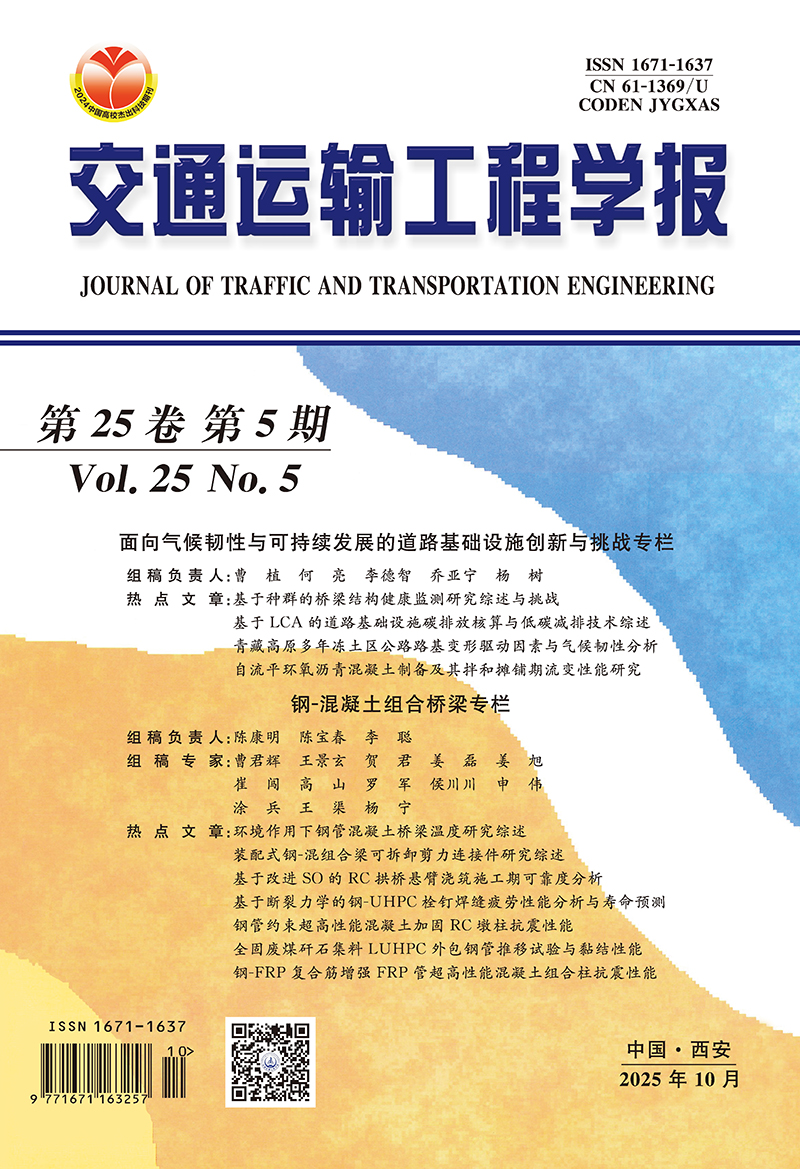2004 Vol. 4, No. 1
Display Method:
Abstract:
2004, 4(1): 3-6.
Abstract:
2004, 4(1): 7-10.
Abstract:
2004, 4(1): 11-14.
Abstract:
2004, 4(1): 15-20.
Abstract:
2004, 4(1): 21-24.
Abstract:
2004, 4(1): 25-28.
Abstract:
2004, 4(1): 29-33.
Abstract:
2004, 4(1): 34-37.
Abstract:
2004, 4(1): 38-42.
Abstract:
2004, 4(1): 43-47.
Abstract:
2004, 4(1): 48-49, 53.
Abstract:
2004, 4(1): 50-53.
Abstract:
2004, 4(1): 54-57.
Abstract:
2004, 4(1): 58-61.
Abstract:
2004, 4(1): 62-65.
Abstract:
2004, 4(1): 66-69.
Abstract:
2004, 4(1): 70-74.
Abstract:
2004, 4(1): 75-79.
Abstract:
2004, 4(1): 80-82.
Abstract:
2004, 4(1): 83-86.
Abstract:
2004, 4(1): 87-91.
Abstract:
2004, 4(1): 92-95.
Abstract:
2004, 4(1): 96-101.
Abstract:
2004, 4(1): 102-105.
Abstract:
2004, 4(1): 106-109.
Abstract:
2004, 4(1): 110-113.
Abstract:
2004, 4(1): 114-117.
Abstract:
2004, 4(1): 118-120.
Abstract:
2004, 4(1): 121-125.





